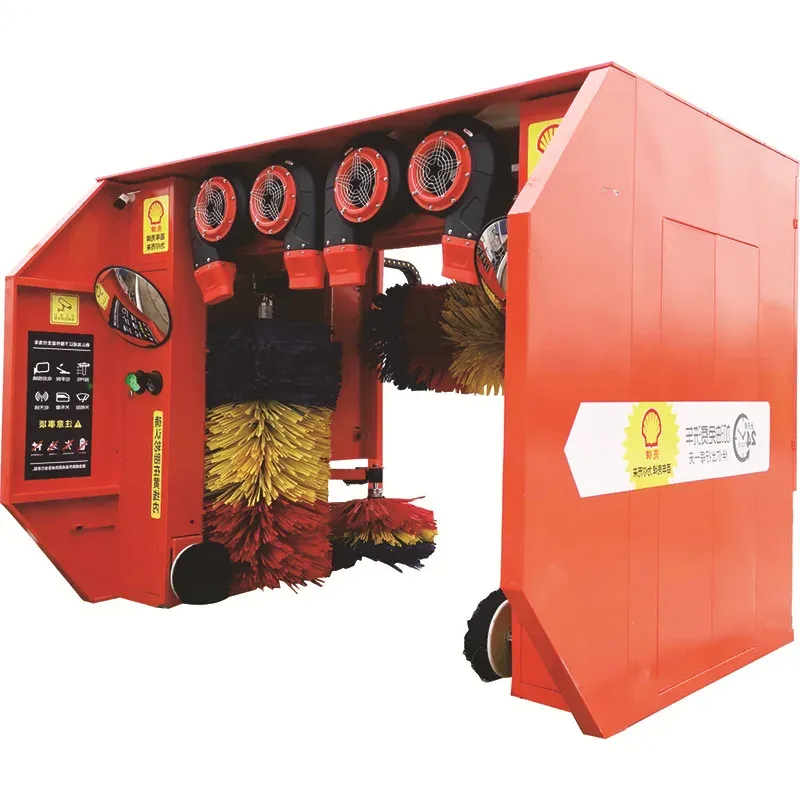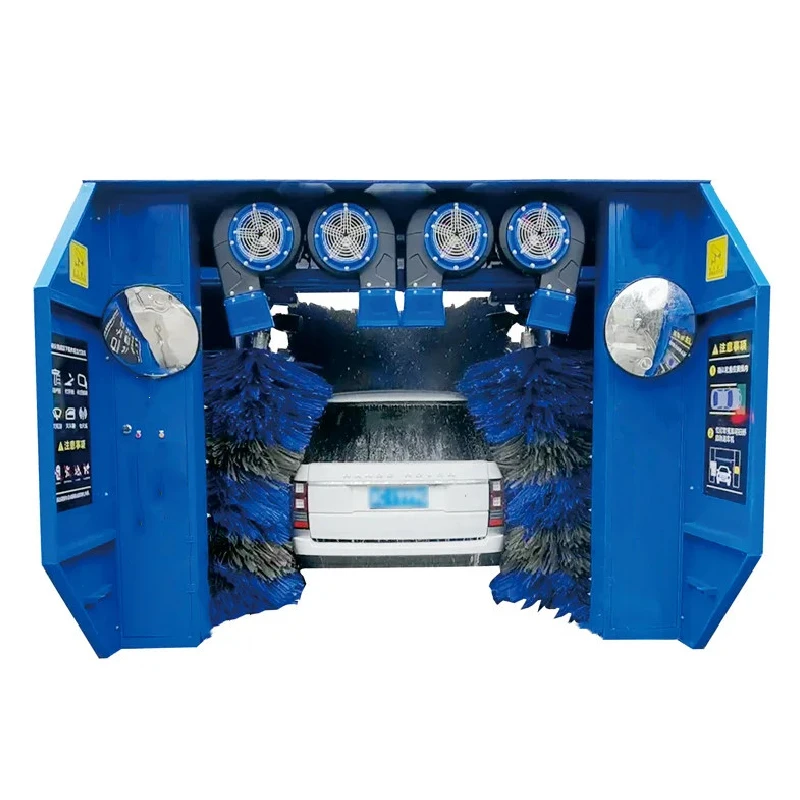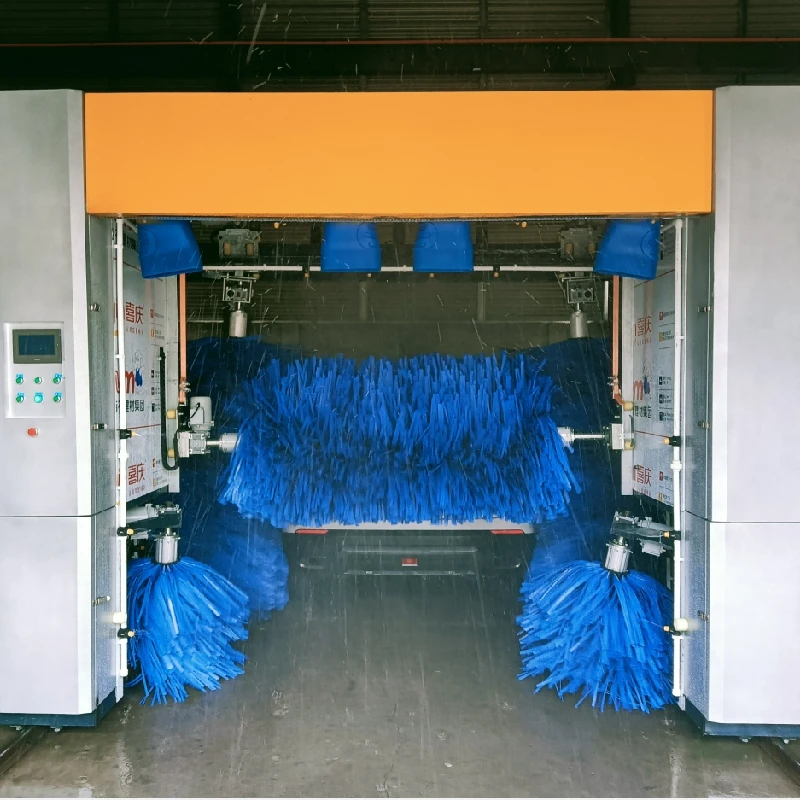
- Afrikaans
- Albanian
- Amharic
- Arabic
- Armenian
- Azerbaijani
- Basque
- Belarusian
- Bengali
- Bosnian
- Bulgarian
- Catalan
- Cebuano
- Corsican
- Croatian
- Czech
- Danish
- Dutch
- English
- Esperanto
- Estonian
- Finnish
- French
- Frisian
- Galician
- Georgian
- German
- Greek
- Gujarati
- Haitian Creole
- hausa
- hawaiian
- Hebrew
- Hindi
- Miao
- Hungarian
- Icelandic
- igbo
- Indonesian
- irish
- Italian
- Japanese
- Javanese
- Kannada
- kazakh
- Khmer
- Rwandese
- Korean
- Kurdish
- Kyrgyz
- Lao
- Latin
- Latvian
- Lithuanian
- Luxembourgish
- Macedonian
- Malgashi
- Malay
- Malayalam
- Maltese
- Maori
- Marathi
- Mongolian
- Myanmar
- Nepali
- Norwegian
- Norwegian
- Occitan
- Pashto
- Persian
- Polish
- Portuguese
- Punjabi
- Romanian
- Russian
- Samoan
- Scottish Gaelic
- Serbian
- Sesotho
- Shona
- Sindhi
- Sinhala
- Slovak
- Slovenian
- Somali
- Spanish
- Sundanese
- Swahili
- Swedish
- Tagalog
- Tajik
- Tamil
- Tatar
- Telugu
- Thai
- Turkish
- Turkmen
- Ukrainian
- Urdu
- Uighur
- Uzbek
- Vietnamese
- Welsh
- Bantu
- Yiddish
- Yoruba
washing car engine with power washer
Washing Your Car Engine with a Power Washer A Comprehensive Guide
Maintaining the cleanliness of your vehicle is essential, not only for aesthetics but also for optimal performance. One area that often gets overlooked is the engine compartment. Cleaning your car engine can enhance its performance, prevent rust, and help you spot potential issues before they become major problems. A power washer can be an effective tool for this task if used correctly. Here’s a comprehensive guide on how to wash your car engine with a power washer safely and effectively.
Preparation is Key
Before you dive into washing your engine, it's crucial to prepare adequately. Start by gathering your materials, which should include a power washer with an adjustable nozzle, a degreaser, a spray bottle, microfiber cloths, and plastic bags. Make sure to turn off the engine and allow it to cool down completely. Disconnect the car battery, starting with the negative terminal, to avoid any electrical hazards. Cover sensitive components, such as the air intake, distributor caps, and exposed wiring with plastic bags to protect them from water or cleaning solutions.
Degreasing the Engine
Once you’ve prepared the engine, it’s time to apply a degreaser. Spray the degreaser generously on all greasy areas of the engine, focusing on spots that are particularly dirty. Allow the degreaser to sit for about 10-15 minutes, giving it enough time to break down the grime. Ensure that you are using a degreaser that is safe for automotive use and environmentally friendly, as runoff can impact the surroundings.
washing car engine with power washer

Using the Power Washer
Once the degreaser has set in, take your power washer and adjust the nozzle to a wide spray pattern to avoid damaging delicate components. Stand a few feet away from the engine to start; this distance will help you control the pressure and prevent water from penetrating areas where it could cause issues. Begin washing from the top of the engine downwards, ensuring that you rinse all the degreaser away thoroughly. Avoid pointing the nozzle directly at sensitive parts and electrical connections.
Drying and Finishing Touches
After you’ve completed rinsing, allow the engine to air dry. If you’re in a hurry, you can use a microfiber cloth to wipe down accessible areas. Once the engine is dry, remove any plastic covers you placed earlier. Reconnect the battery, starting with the positive terminal. For a finishing touch, consider applying a silicone-based dressing to plastic and rubber components to restore their sheen and protect them from UV damage.
Conclusion
Washing your car engine with a power washer can seem daunting at first, but with the right preparation and care, it can be a straightforward task that yields great benefits. Regularly cleaning your engine not only enhances its appearance but also helps identify potential issues early on. Always prioritize safety when working with electrical components and ensure that you’re using the right products for the job. A clean engine means a happier vehicle, so roll up your sleeves and get started!
-
Top Equipment for a Successful Car Wash BusinessNewsApr.15,2025
-
Top Automated Car Wash SolutionsNewsApr.15,2025
-
The Future of Car Wash TechnologyNewsApr.15,2025
-
The Future of Auto Car Wash SolutionsNewsApr.15,2025
-
Essential Car Wash Supplies: Boost Your Business with the Best EquipmentNewsApr.15,2025
-
Car Wash Equipment for the Modern BusinessNewsApr.15,2025



